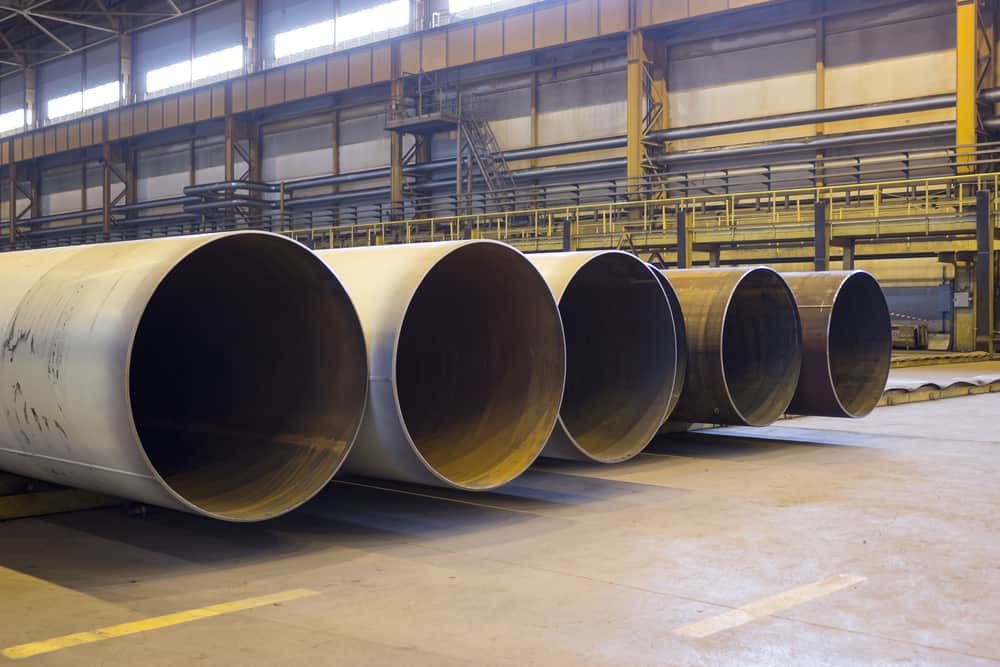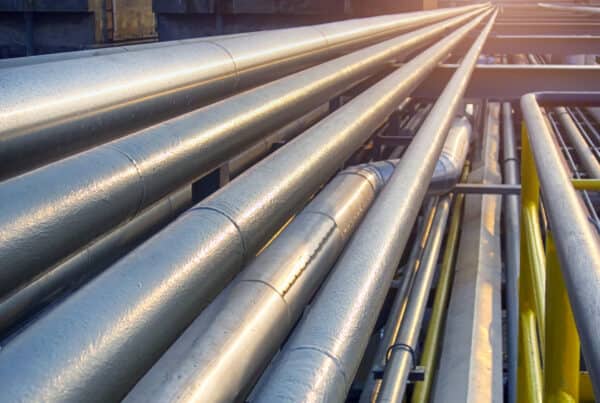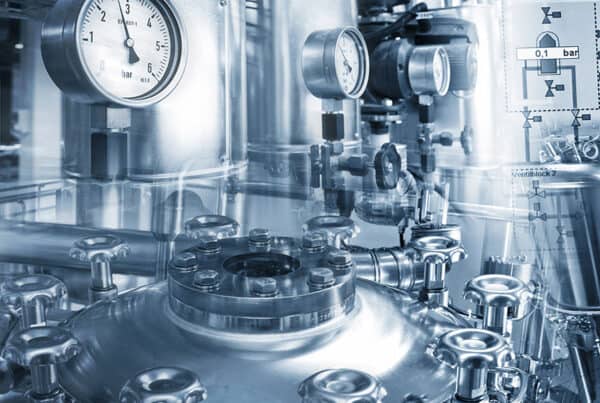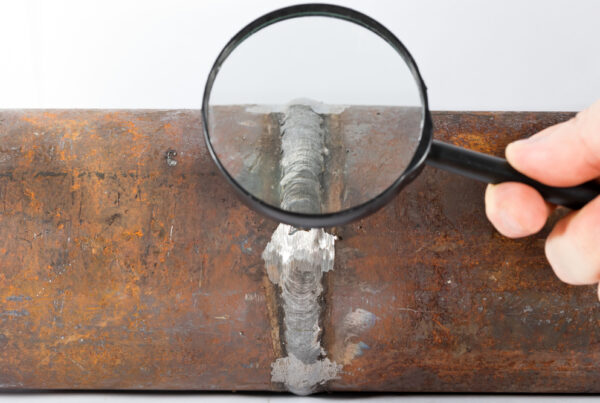Pipe welding is a challenge. Maintaining the appropriate arc length as the metal surface falls away from or rises towards the welder as the weld progresses is difficult. So is managing the input of fill materials. These factors are further complicated by the pipe and tube often being in the most inaccessible places – forcing welders to work in positions that range from less than ideal to actively hazardous.
Pipe welding is so challenging that there exists not just one but six certifications for pipe. The most common certification is the 5G welding position for pipe. A 5G certified welder is widely considered capable of welding anything with the arc welding process they received the certification in. These are becoming rarer, though; skilled welders are retiring from the workforce and not getting replaced. This begs the question of how to meet the demands of 5G welding positions for pipes in a tight labor market.
The 5G Welding Position for Pipe
The first thing to understand about the 5G welding positions is that the G stands for groove or gap. Thick materials are welded all the way through by beveling or grooving the edges of the work pieces to be joined. This narrow gap welding process allows the electrode to access deep into the width of the material, and the deposited material to penetrate through. The five groove welding positions are:
- 1G: Flat welding position
- 2G: Horizontal welding position
- 3G: Vertical welding position
- 4G: Overhead welding
- 5G: Vertical uphill and downhill pipe welding
- 6G: Vertical uphill pipe welding on an inclined pipe
Confusingly, only a few of these positions are directly applicable to pipe welding, and it isn’t just those expressly defined as pipe welding positions. The pipe welding positions applicable to pipe welding are:
Pipe Welding Positions
| Weld Position | Image | Description | |
| 1G | Horizontal Rolled Position |  |
In the 1G pipe welding position, the pipe is mounted horizontally but is free to roll. This takes the burden of movement off the welder and allows them to weld in the flat position with a fixed arc length. |
| 2G | Vertical Position |  |
In 2G pipe welding, the pie is mounted vertically, and welding takes place in the horizontal position. The welder must maintain a consistent arc length while working. |
| 5G | Horizontal Fixed Position |  |
In 5G pipe weld, the pipe is mounted horizontally but isn’t free to rotate. This means the welder must move around the entire circumference, i.e., through all welding positions, maintaining arc length and travel speed through skill and physical strength. |
While welding in the 5G welding position for pipe, the welder will start flat, then move through a transition phase in the vertical downhill position, transition into the overhead, and then into vertical welding uphill. This is a lengthy process for a manual welder that requires multiple starts and stops to move into each position. Since 5G welding is exclusively groove welding—for thick-walled materials—this means multiple passes.
Overall, this is a lengthy and exhausting process for welders, and it can take entire shifts to complete one joint manually. Even very skilled welders can make errors that require reworking the joint. Automatic welding in fixed positions helps to resolve many of these issues. Automatic pipe welding machines, better known as orbital welders, can also help provide a potential solution for labor shortages that industries are struggling with.
Orbital Welding in the 5G Welding Position for Pipe
Orbital weldheads mount on fixed tracks anchored to the pipe. They then rotate around the pipe, making a weld bead in accordance with the orbital welding parameters programmed into the attached power supply. This offers many advantages in manufacturing piping for infrastructure, such as pipelines in the petrochemical industry, inside of facilities like thermal and nuclear power plants, and in manufacturing plants for biopharmaceuticals and food.
These weldheads are capable of working in the close confines of a facility where multiple pipes may be crowded close together, and a welder can not easily fit in to access the fixed pipe. Since the process is automated, successful completion of the 5G welding position for pipe can be accomplished by operators who can read a puddle but might not have been certified in any of the pipe welding positions like 1G, 2G, or the 5G welding positions for pipe.
Arc Machines, Inc. provides high-quality orbital welding equipment for tube and all pipe welding positions, including the 5G welding position for pipe. Contact us to arrange a meeting. Arc Machines welcomes the opportunity to discuss your specific needs.





